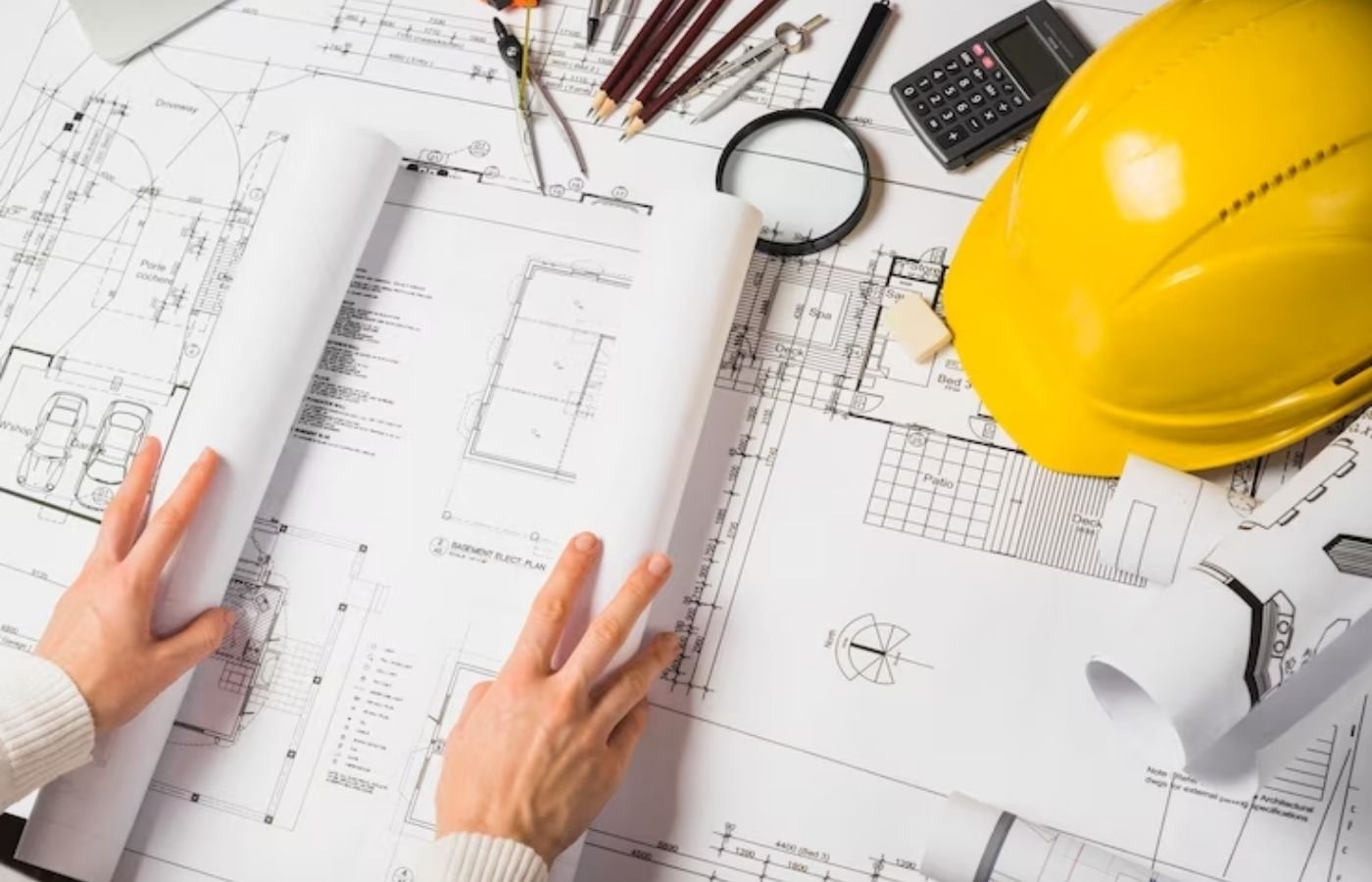Having a baby is an exciting time! But it can also be overwhelming. Before your little bundle of joy comes home, you need to make sure that their home is safe for them.
It’s not enough to just hide away the hazards and assume they will stay out of reach – babies and toddlers are curious critters and find their way into everything! You need to baby proof your home.
This article will give you a step-by-step guide with a checklist of what you need to do before you bring baby home. You’ll learn exactly how to keep your new addition safe in their own environment.
When should I baby proof the house?
It’s best to baby proof your home as soon as you find out that you’re expecting. This will give you enough time to make all the safety adjustments before your newborn arrives.
However, keep in mind that it may take a couple of months before babyproofing is complete so plan accordingly!
Most experts recommend starting with the areas where babies and toddlers spend most of their time like the nursery, living room and kitchen. Once those areas are secure, move on to high-risk areas like bathrooms and stairs.
Lastly, make sure you secure any cabinets that contain hazardous items such as medication or cleaning products. Because once a curious little one gets his or her hands on these items, there can be some real trouble!
How to baby proof your home
Baby proofing your home is an essential part of having a baby. Good news is, you don’t have to turn your house into a fortress!
General safety ideas for any space
When baby proofing your home, keep general safety tips in mind for any spaces in the house. Place sockets out of reach and cover them with a protective guard to reduce shock hazards.
Keeping curious hands away from sharp edges is also very important. Be sure to pad furniture corners and sharp table edges with cushiony foam pieces.
For added protection, install gates if there are stairs at your home. This will prevent your baby from attempting steps even when unsupervised. These gates can serve double duty around fireplaces and other hazardous zones.
And speaking of hazardous zones – don’t forget to store cleaning products in high cabinets away from little hands! To prevent accidental ingestion of these dangerous chemicals, lock cabinets that contain dangerous items such as rat poison or medication.
Baby’s room
Of course, the Baby’s room should be at the top of your checklist. It’s a dangerous area and you must carefully assess it for potential hazards.
Start by installing socket covers on all of the power outlets and blocking access to cords and other hazardous items. Make sure your furniture is securely anchored to walls or floors as well!
You should also install window guards or child-proof locks if there are windows in the room to prevent them from being opened too far or too wide. Finally, place safety gates at the doorway to keep your baby from entering any other rooms without supervision.
Remember—the most important step in baby proofing your home is taking time to assess each space for potential dangers before permitting unsupervised access for your little one.
Bathrooms
When baby proofing your home, bathrooms are an area where potential accidents can happen. Kids love the water, but it can also be dangerous.
So make sure to keep the bathroom doors closed at all times. If you have a lock on your door, consider adding one that’s out of reach for small children but easy for adults to unlock.
Once you’re inside the bathroom, look for places where kids could get into trouble. Be sure to always keep medicines and toiletries high up on shelves in cabinets and out of reach from curious little hands!
Look around the bathroom for any sharp corners on counters or bathtubs that could hurt if they were bumped – try using corner protectors or padding them with foam rubber to safeguard children against injury.
Kitchen
The kitchen is a dangerous place for curious little hands. It’s full of appliances that have sharp edges, cupboards with cleaning products, and utensils left out on counters.
Safety is a top priority when it comes to protecting the kitchen from your baby’s eager prying. Start by making sure all door handles are at least 1 meter above the floor so that your baby can’t open them.
Also make sure any corner guards or appliance latches are tight and secure. Clean up any leftover foods from the counter and consider installing drawer locks to keep your toddler away from anything hazardous stored in there. Finally, install covers over stove knobs to prevent accidental fires!















